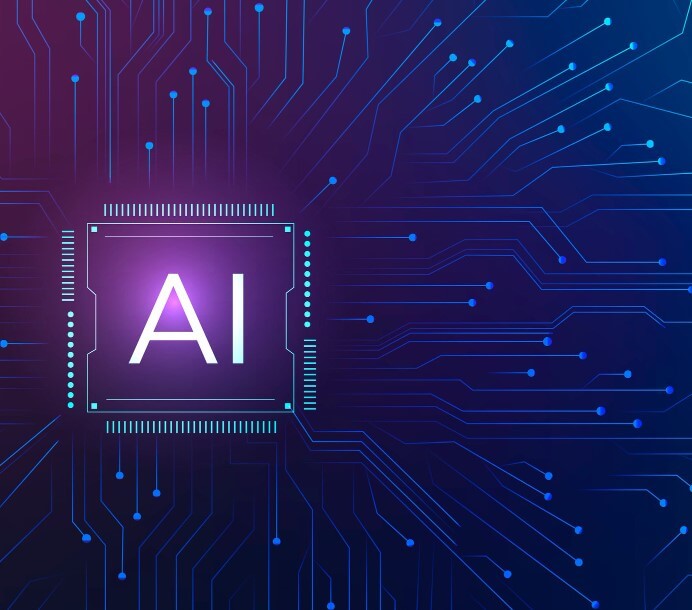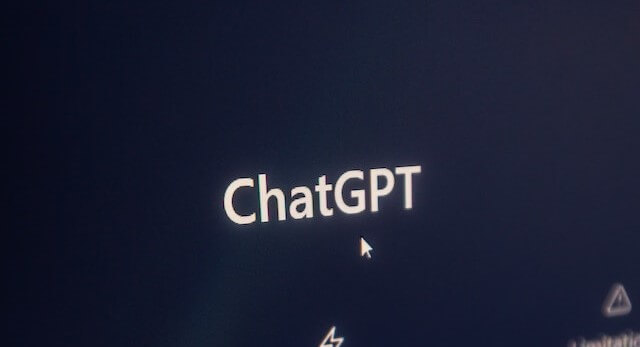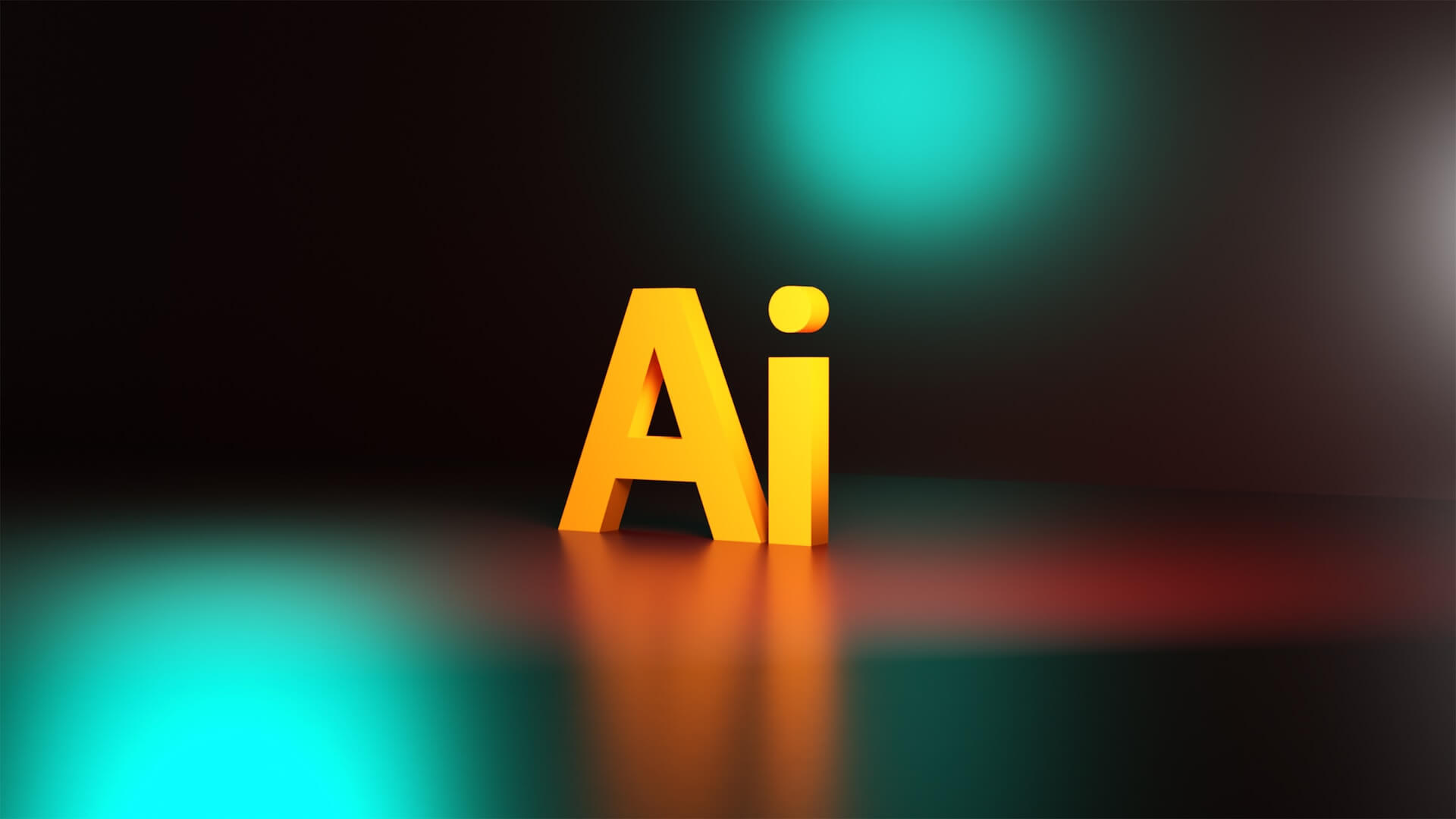
Microsoft has been advancing its Athena chip development project since 2019, led by Microsoft CEO Satya Nadella and designed for training and reasoning with large language models. Athena is currently being tested by a small group of Microsoft and OpenAI employees, and the initial generation of chips could be based on TSMC's 5nm process.
Analysts at research firm SemiAnalysis said Microsoft could invest around $100 million per year in Athena R&D. If it goes well, Microsoft will reduce the cost per chip by one-third through Athena, thus providing significant momentum for ChatGPT development.
Athena is specifically designed to support large language model training and reasoning. For example, it supports generative AI like ChatGPT to process large amounts of data, recognize input content and create new output to simulate human conversations. Athena may plan to choose TSMC foundry, and the initial chip is expected to be based on a 5nm process.

The excitement generated by the release of OpenAI's ChatGPT chatbot prompted Microsoft to accelerate the launch of Athena's development, two people familiar with the matter said. Microsoft could make Athena widely available within Microsoft and OpenAI as early as next year. However, Microsoft is still discussing whether to make the chips available to customers of its Azure cloud computing service. That's because most customers don't need to train their own models and don't use such chips, they said.
If Microsoft decides to open Athena to its cloud customers, it will also have to develop software for Athena that is more compelling than NVIDIA's existing products. NVIDIA has spent the last 15 years improving its current product, and developers are using it extensively.
Microsoft wants to use the big language model in all its applications, including Bing, Microsoft 365 and GitHub, Patel said. Large-scale deployments using commercially available chips would cost tens of billions of dollars a year.

Microsoft's Athena project is led by Microsoft CEO Satya Nadella, who realized back in 2019 that the company was lagging behind Google and Amazon in the AI chip space. While Microsoft has been developing server chips for its cloud business, the Athena AI chip project has never been reported before.
Microsoft announced in 2019 that it would invest $1 billion in OpenAI, a deal that mandates the startup use only Azure cloud servers, meaning Microsoft is effectively subsidizing OpenAI's expensive computing needs.
Around the same time, Microsoft's leaders began projecting how many GPUs would be needed to support all of its AI work. They argued that the cost of relying entirely on Nvidia chips would be prohibitively high. One person with direct knowledge of the project said the calculations took into account the needs of Microsoft's internal teams, such as Microsoft 365 and Bing, as well as Microsoft's relationship with OpenAI.
OpenAI already has access to the supercomputing systems Microsoft built for the startup, which rely on Nvidia's chips. Last November, Microsoft and Nvidia announced a multi-year partnership to build the next generation of supercomputers.

Microsoft's development of Athena could be a sensitive topic in their relationship. But Microsoft does not believe its AI chips can fully replace Nvidia's products, according to a person with direct knowledge of the project. Microsoft's internal efforts, if successful, could also potentially help it take more initiative in future deals with Nvidia.
With ChatGPT triggering a global AI big model race, almost all global cloud technology companies have acted. The massive burst of arithmetic demand and cost pressure behind the race cannot be ignored, which has become a major focus of attention in the war for technology companies to seize the market.
This time, Microsoft was suddenly exposed AI chip Athena has been developed for three years, both unexpectedly and in reason. When the development of general artificial intelligence is still early, ChatGPT established algorithms and data advantages to continue, Microsoft must establish a more powerful advantage in the underlying arithmetic level.





